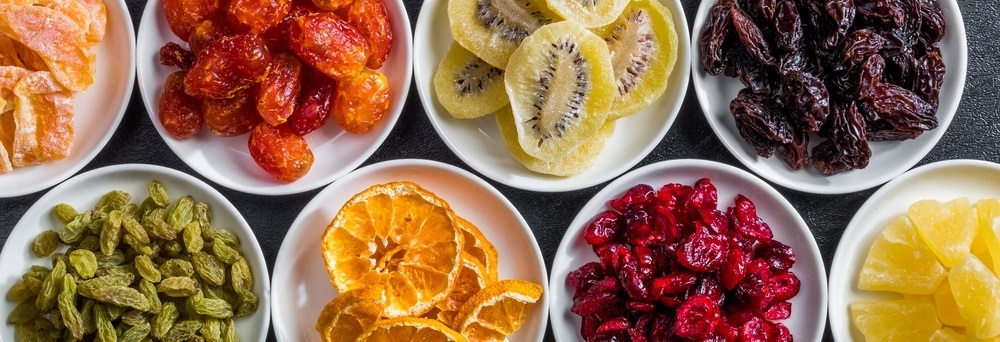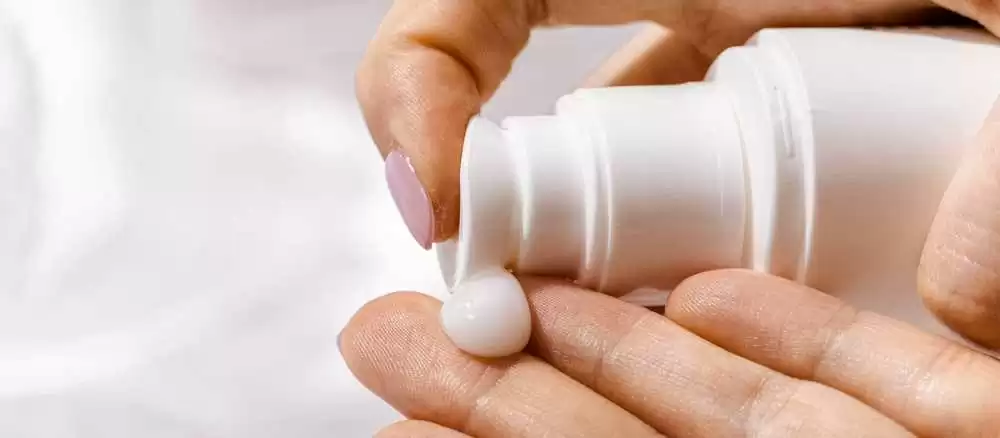V┼Īetky typy su┼Īi─Źiek potrav├Łn mo┼Šno rozdeli┼ź do dvoch hlavn├Įch kateg├│ri├Ł a to cenovo v├Įhodn├® dom├Īce modely a profesion├Īlne priemyseln├® in┼Ītal├Īcie. Rozdiely medzi nimi spo─Ź├Łvaj├║ najm├ż v spotrebe energie, ─Źase potrebnom na su┼Īenie a pou┼Šitom technologickom princ├Łpe. K├Įm dom├Īce su┼Īi─Źky s├║ vhodn├® na men┼Īie objemy a jednoduch├║ obsluhu, priemyseln├® su┼Īi─Źky zabezpe─Źuj├║ vysok├║ kapacitu, presn├║ regul├Īciu a konzistentn├║ kvalitu v├Įsledn├Įch produktov.
Historick├Ī perspekt├Łva:
Historicky a dokonca aj dnes sa v mnoh├Įch krajin├Īch s hor├║cim podneb├Łm ovocie, zelenina, bylinky a koreniny su┼Īia prirodzene na slnku, pri─Źom sa vyu┼Š├Łva priame slne─Źn├® teplo a prirodzen├Ī cirkul├Īcia vzduchu.
Modern├® priemyseln├® zariadenia sa u┼Š nespoliehaj├║ na tradi─Źn├® su┼Īenie pod otvoren├Įm nebom, ale replikuj├║ tieto procesy v uzavret├Įch su┼Īiacich komor├Īch s presnou regul├Īciou teploty, vlhkosti a pr├║denia vzduchu. Trh dnes pon├║ka ┼Īirok├® spektrum typov a zna─Źiek su┼Īi─Źiek ŌĆō od cenovo dostupn├Įch modelov a┼Š po profesion├Īlne priemyseln├® rie┼Īenia.
Ak chcete urobi┼ź informovan├Į v├Įber, je d├┤le┼Šit├® zv├Ī┼Ši┼ź energetick├║ n├Īro─Źnos┼ź a ├║─Źinnos┼ź su┼Īenia. Praktick├Įm n├Īstrojom je tzv. energetick├Į vzorec 15-10-3, ktor├Į poskytuje porovn├Īvaciu anal├Įzu spotreby energie konvek─Źn├Įch, infra─Źerven├Įch a kondenza─Źn├Įch su┼Īi─Źiek ovocia a zeleniny. Tento pr├Łstup umo┼Š┼łuje z├Łska┼ź jasn├Į preh─Šad o efektivite jednotliv├Įch technol├│gi├Ł a vybra┼ź zariadenie, ktor├® najlep┼Īie vyhovuje va┼Īim v├Įrobn├Įm potreb├Īm.
N├Īzorn├Į pr├Łklad:
Aby sme ilustrovali tento vzorec, zoberme si pr├Łklad su┼Īenia jab─║k pomocou su┼Īi─Źky s rozlohou 3 metre ┼Ītvorcov├®.
- Konvek─Źn├® su┼Īi─Źky (15 kW):┬Ā├Įrobcovia z├Īkladn├Įch a cenovo dostupn├Įch konvek─Źn├Įch su┼Īi─Źiek uv├Īdzaj├║ pribli┼Šn├║ spotrebu energie 15 kW na d├Īvku produktu (jablk├Ī). Tieto su┼Īi─Źky vyu┼Š├Łvaj├║ na su┼Īenie tepl├Į vzduch, ─Źo si vy┼Šaduje viac ─Źasu a energie na odstr├Īnenie vlhkosti z povrchu produktu. Tento pr├Łstup vedie k probl├®mom, ako je nerovnomern├® su┼Īenie v celom produkte. Tieto su┼Īi─Źky maj├║ zvy─Źajne neizolovan├® tenk├® steny skrine s otvormi na odvod nadmern├®ho tepla. Z energetick├®ho h─Šadiska s├║ tieto su┼Īi─Źky najmenej efekt├Łvne. Hoci ich po─Źiato─Źn├® n├Īklady m├┤┼Šu by┼ź n├Łzke, neodr├Ī┼Šaj├║ presne skuto─Źn├® n├Īklady na prev├Īdzku. Ako sa hovor├Ł, ŌĆ×kto sa sna┼Š├Ł ┼Īetri┼ź, nakoniec doplat├ŁŌĆ£. Tieto su┼Īi─Źky s├║ vo v┼Īeobecnosti vhodn├® na dom├Īce pou┼Šitie pri spracovan├Ł sez├│nnych produktov v mal├Įch mno┼Šstv├Īch.
- Infra─Źerven├® su┼Īi─Źky┬Ā(10 kW): Druh├Ī mo┼Šnos┼ź, 10 kW, predstavuje spotrebu energie na su┼Īenie jednej d├Īvky produktov pomocou infra─Źervenej su┼Īi─Źky. Tento typ su┼Īi─Źky napodob┼łuje proces su┼Īenia na slnku, kde ┼Īpecifick├® infra─Źerven├® vlnov├® d─║┼Šky prenikaj├║ do produktu, ─Ź├Łm sa v├Įrazne skracuje ─Źas su┼Īenia. Infra─Źerven├® su┼Īi─Źky s├║ vysoko ├║─Źinn├®, preto┼Še odv├Īdzaj├║ vlhkos┼ź priamo z vn├║torn├Įch buniek produktu. N├║ten├® pr├║denie vzduchu sa pou┼Š├Łva prim├Īrne na chladenie, odv├Īdzanie prebyto─Źn├®ho tepla a odparenej vlhkosti z vykurovac├Łch telies, ako aj produktu, ktor├Ī je potom odvetr├Īvana zo su┼Īiacej skrine. Z h─Šadiska spotreby energie sa infrasu┼Īi─Źky v├Įrazne nel├Ł┼Īia od be┼Šn├Įch konvek─Źn├Įch su┼Īi─Źiek, s├║ v┼Īak v├Įrazne r├Įchlej┼Īie. Preto sa ve─Šk├® v├Įrobn├® zavedenia ─Źasto rozhoduj├║ pre infra─Źerven├® su┼Īi─Źky pre ich vysok├║ produktivitu. Tie mo┼Šno pova┼Šova┼ź za profesion├Īlne priemyseln├® su┼Īiace skrine. S├║ vhodn├® na su┼Īenie byliniek, m├żsa, h├║b, ─Źajov a pod. Niektor├® modely su┼Īiacich strojov obsahuj├║ hlbok├® podnosy na su┼Īenie hust├Įch tekut├Įch produktov, ako napr├Łklad pri v├Įrobe ovocn├Įch p├Īst alebo roliek.
- Kondenza─Źn├® su┼Īi─Źky (3 kW ŌĆō naj├║spornej┼Īie): Cenovo najefekt├Łvnej┼Īou met├│dou su┼Īenia je kondenz├Īcia, vyu┼Š├Łvaj├║ca princ├Łp tepeln├®ho ─Źerpadla. T├Īto met├│da zni┼Šuje vlhkos┼ź v su┼Īiacej skrini jej prechodom cez v├Įmenn├Łk tepla, ─Źo sp├┤sobuje, ┼Še vlhkos┼ź zo vzduchu prech├Īdza do kvapaln├®ho stavu (voda), ktor├Į je potom odstr├Īnen├Į zo zariadenia. Ide o jeden z najekologickej┼Ī├Łch a najmodernej┼Ī├Łch sp├┤sobov su┼Īenia. Je ve─Šmi ┼Īetrn├Į, najm├ż pokia─Š ide o tepelne podmienky a je vhodn├Į na su┼Īenie produktov citliv├Įch na teplo, ktor├® pri vystaven├Ł vysok├Įm teplot├Īm m├┤┼Šu strati┼ź svoje priazniv├® vlastnosti; farba, tvar, chu┼ź, text├║ra a obsah ┼Šiv├Łn. Z h─Šadiska ─Źasu su┼Īenia sa toto zariadenie vyrovn├Ī konvek─Źn├Įm su┼Īi─Źk├Īm, no z h─Šadiska prev├Īdzkov├Įch n├Īkladov je p├ż┼źkr├Īt hospod├Īrnej┼Īie. Po─Źas dehydrat├Īcie sa voda z produktu nielen vytrat├Ł do atmosf├®ry, ale zhroma┼Š─Åi sa v n├Īdobe ako kondenz├Īt. T├Īto met├│da umo┼Š┼łuje presnej┼Īiu kontrolu nad mno┼Šstvom odparenej vlhkosti z produktu, ke─Å┼Še prakticky ┼Šiadna su┼Īi─Źka nem├Ī schopnos┼ź kontrolova┼ź a regulova┼ź kone─Źn├Į obsah vlhkosti produktu. T├Īto kone─Źn├Ī kontrola sa zvy─Źajne vykon├Īva v laborat├│riu po vysu┼Īen├Ł konkr├®tnej d├Īvky.
Su┼Īiaca jednotka sa zvy─Źajne sklad├Ī z izolovanej n├Īdoby, v ktorej je umiestnen├® tepeln├® ─Źerpadlo, ktor├® riadi ├║rove┼ł vlhkosti a odstra┼łuje prebyto─Źn├║ vlhkos┼ź zo vzduchu vo vn├║tri su┼Īi─Źky.

















